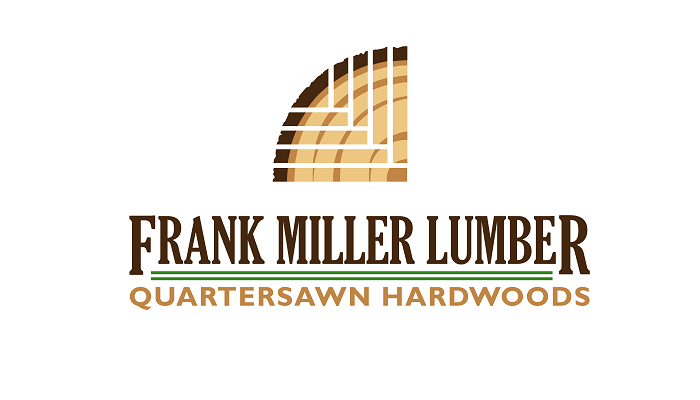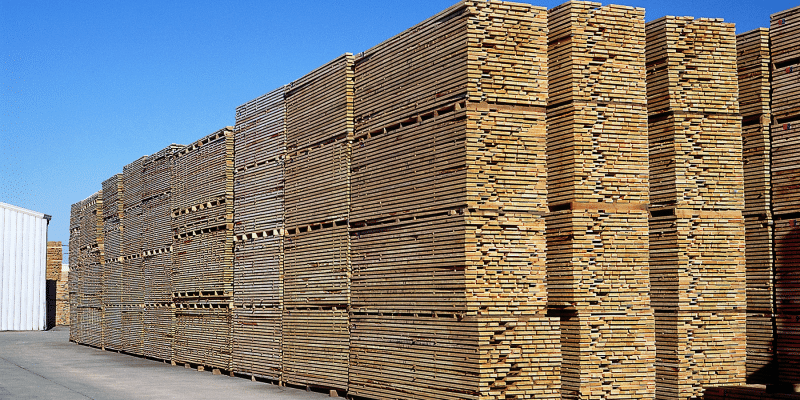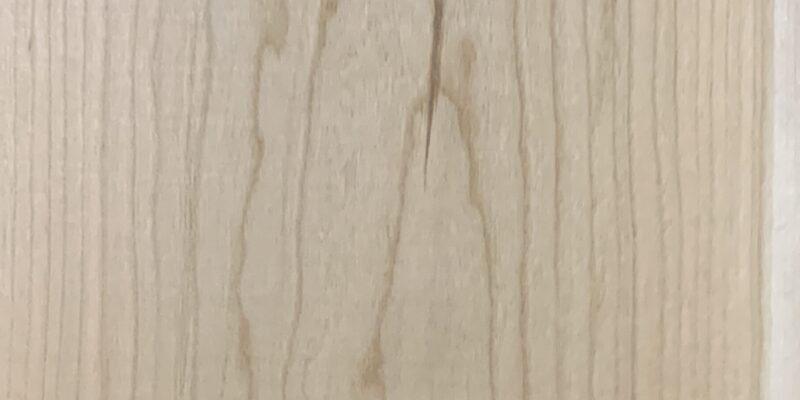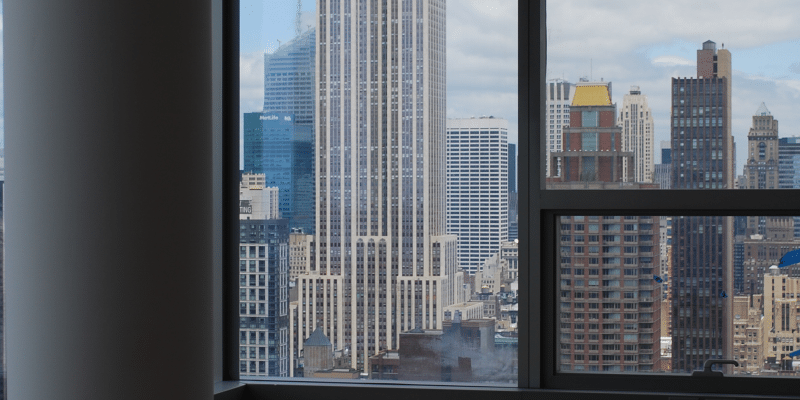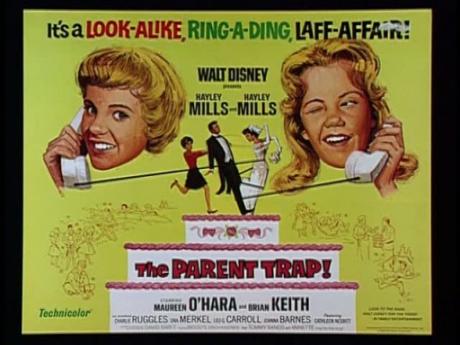You’ve probably noticed a few changes around here lately.
We’ve worked hard over the past few months with the help of ruef, a design company in Dayton, OH, to create a website as unique and state-of-the-art as our company. This site launch is a part of a larger effort to rebrand Frank Miller Lumber. It represents our revitalized approach to communicating the true nature of our company – an Indiana sawmill and a leading provider of Premier American Hardwoods.
We even have a new logo:
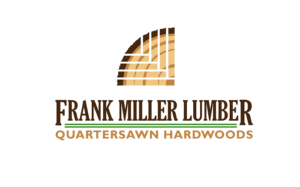 You’ll notice the old-school typeface, which harkens back to logos of Frank Miller Lumber’s past. And the icon, which represents a quartersawn-cut log. When our salespeople walk into a room, people usually say, “Hey, it’s the quartersawn folks,” so we figured we needed an icon showing that.
You’ll notice the old-school typeface, which harkens back to logos of Frank Miller Lumber’s past. And the icon, which represents a quartersawn-cut log. When our salespeople walk into a room, people usually say, “Hey, it’s the quartersawn folks,” so we figured we needed an icon showing that.
When ruef started working with us on our messaging strategy, they helped our team express their opinions about the state of the previous corporate branding. The consensus of opinion was that the previous website let visitors with the impression that we are a flooring manufacturer, not a high-quality hardwood sawmill. We all agreed that we needed to go back to our roots (pun intended) and highlight what makes us unique.
So while you’re here, check out our state-of-the-art proprietary quartersawing process, a showroom of various hardwood applications, and read about our dedication to sustainable forestry. You can also tour the century-old history of Frank Miller Lumber with a timeline and vintage gallery. Keep checking this blog, Criswell’s Corner, which is written by various members of the Frank Miller team, primarily Criswell Davis, Frank Miller’s architectural marketing manager and an expert resource regarding American hardwoods in sustainable design.
We hope you like our new site as much as we do.

